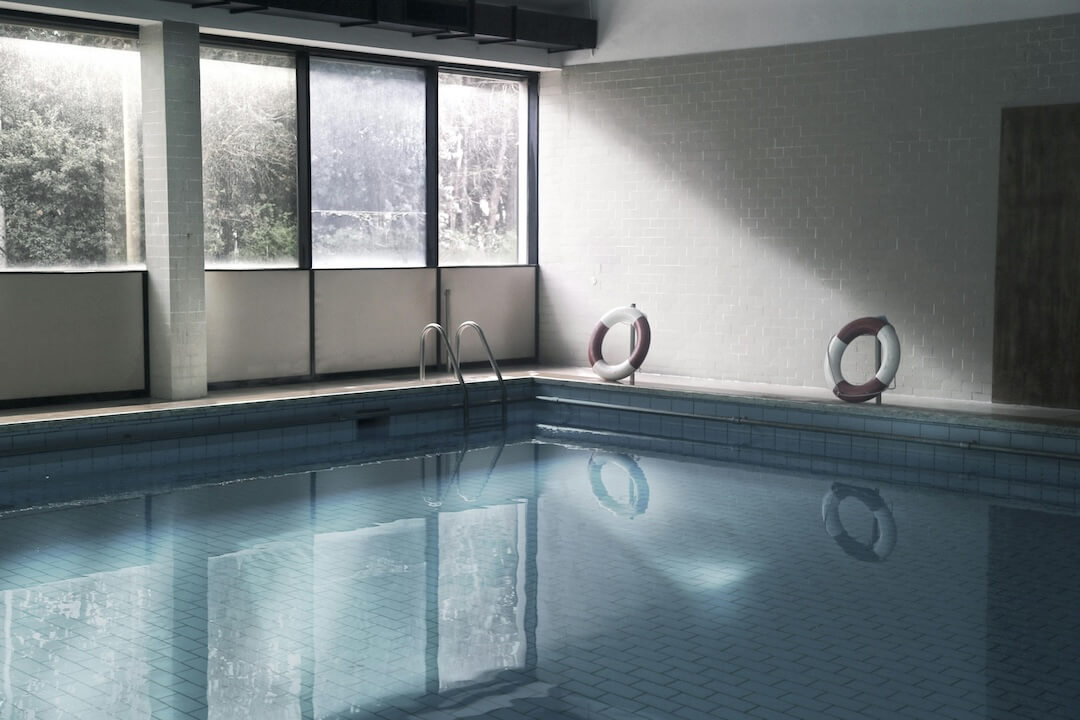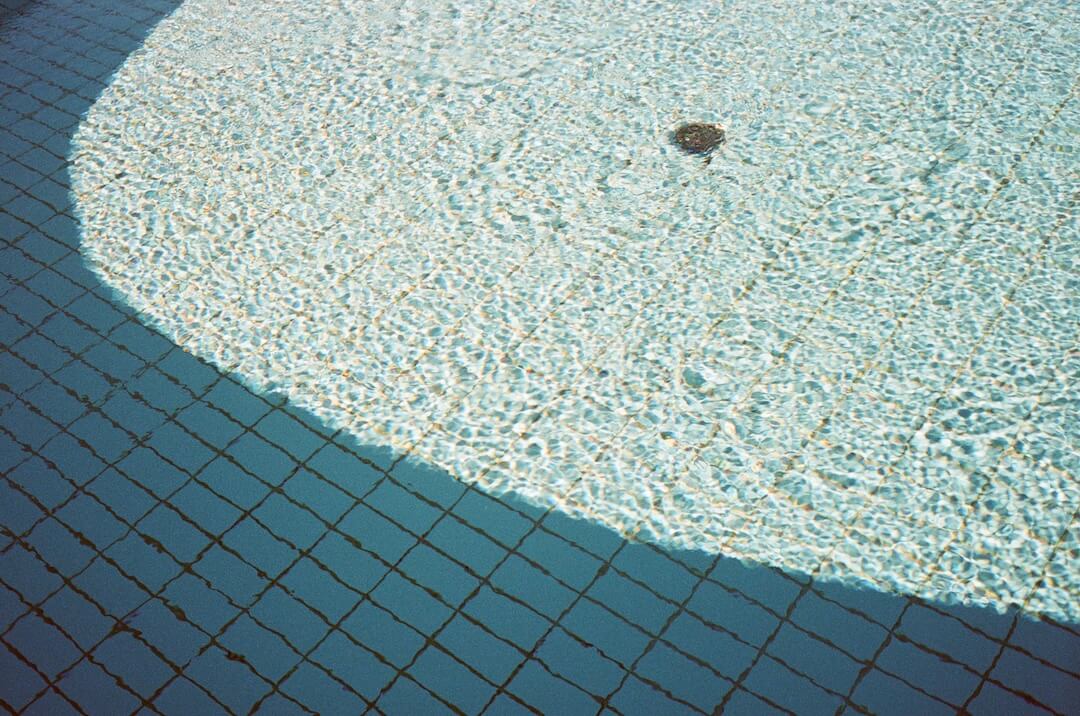Maintain crystal-clear waters with our comprehensive guide to emptying your pool inline leaf catcher. Whether you're a homeowner or a professional, learn how to keep your pool free of debris and ensure smooth operation with expert tips tailored for Florida's sunny climate.
Regular maintenance of your inline leaf catcher is essential for preserving water quality and circulation. Debris buildup can clog filters, reduce circulation efficiency, and lead to costly repairs. In Florida's humid environment, leaves, twigs, and pollen are common contaminants that require prompt removal to keep your pool pristine. By routinely emptying your leaf catcher, you prevent potential algae growth, maintain correct chemical balance, and extend the lifespan of your pool equipment. This proactive approach saves time and money while ensuring a safe swimming environment for your family and guests.
Properly emptying your inline leaf catcher involves a straightforward process that homeowners can follow easily. First, turn off the pool pump to prevent debris from being pulled into the system during maintenance. Locate the inline leaf catcher, typically positioned along the skimmer line or near the pump inlet. Carefully detach the catcher's lid or cover—using gloves if necessary to avoid contact with debris.

Remove accumulated leaves, twigs, and other debris with a hand or a net. Rinse the catcher with a garden hose to clear any residual dirt or small particles. Reassemble the catcher's cover securely before restarting the pump. Performing this task weekly or bi-weekly during peak leaf fall seasons ensures your pool stays clean and well-maintained.
Florida's warm, humid weather accelerates organic debris accumulation in your pool. To stay ahead of potential clogging, establish a regular maintenance routine tailored to your pool's usage and local environment. Clear debris from the inline leaf catcher at least once a week during the fall and spring, and more frequently if you notice increased leaf fall or pollen. Use high-quality equipment designed for durability in humid conditions.

Additionally, inspect your catcher's seals and connections periodically to prevent leaks. Employing professional pool service in Millpond can also help you identify early signs of wear and tear, ensuring your system operates efficiently year-round. Proper maintenance not only improves water clarity but also protects your investment in your backyard oasis.
While emptying your inline leaf catcher is generally straightforward, certain problems can arise that require attention. For example, if debris is difficult to remove, it may indicate a clogged or damaged catchment area that needs professional inspection. Leaks around the cover or connections could stem from worn seals — replacing these parts promptly prevents water loss and damage.

Additionally, if debris consistently gets trapped despite regular emptying, your catcher's design might need upgrading. For persistent issues, consult experienced pool technicians in Millpond who can recommend high-quality replacement parts or more efficient inline systems. Addressing these common problems promptly keeps your pool operating smoothly and reduces downtime.
Investing in your inline leaf catcher’s longevity involves proactive care and smart practices. Use a skimmer net to manually remove larger debris before it reaches the catchment. Schedule routine inspections of seals, hinges, and the catcher's housing to identify early signs of wear. Applying a silicone-based lubricant to moving parts can prevent rust and ensure smooth operation.

Consider installing a pre-filter or leaf screen upstream to catch larger debris before it reaches the inline catcher, reducing strain on your system. During off-season months or periods of minimal use, drain and clean the catcher thoroughly and store any removable parts in a dry, safe location. Regular professional maintenance in Millpond can also help you optimize your system’s performance and avoid costly repairs.
Our team of certified pool specialists has years of hands-on experience with inline leaf catcher maintenance, ensuring your system is properly cared for with precision and efficiency.
We offer personalized service packages tailored to your specific pool setup and local Florida conditions, helping you keep your inline leaf catcher in optimal condition throughout the year.
We use only top-grade replacement parts and equipment designed to withstand Florida’s humid climate, ensuring long-lasting performance for your pool system.
Unexpected issues happen—our responsive team provides prompt emergency services to address any inline leaf catcher problems quickly, minimizing downtime and maintaining your pool’s safety and cleanliness.
When your inline leaf catcher becomes clogged or leaks unexpectedly, our emergency pool services are just a call away. We prioritize urgent repairs and maintenance to keep your pool functioning smoothly, regardless of the time or day. Trust our experienced technicians to resolve issues swiftly, helping you enjoy a clean, safe swimming environment without interruption.